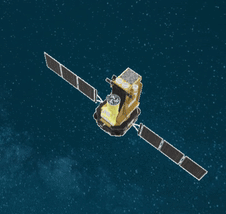
AO21 Milestones
With INTEGRAL operations extension, a new call for observing proposals is being prepared. These are the important dates to save:
| Release of AO-21: Call for observing time proposals | 4 September 2023 |
| Deadline for submission of observing time proposals | 29 September 2023 14:00 CEST |
| Meeting of the Time Allocation Committee (TAC) | 24-26 October 2023 |
| Start AO-21 cycle of observation | 1 January 2024 |
Brightest GRB ever
 On October 2022, INTEGRAL took part in the multiwavelength observations of the brightest gamma-ray burst ever GRB 221009A. Another ESA spacecraft involved was XMM-Newton, but the event was also detected by other non high energy space missions. Read the details in this article.
On October 2022, INTEGRAL took part in the multiwavelength observations of the brightest gamma-ray burst ever GRB 221009A. Another ESA spacecraft involved was XMM-Newton, but the event was also detected by other non high energy space missions. Read the details in this article.
INTEGRAL Safe Mode
 With the implementantion of the new Safe Mode, INTEGRAL is safer than ever before. While the old safe mode was almost entirely based on hardware, the new one is software-based, and it can recover INTEGRAL attitude by controlling the reaction wheels. More info in this post.
With the implementantion of the new Safe Mode, INTEGRAL is safer than ever before. While the old safe mode was almost entirely based on hardware, the new one is software-based, and it can recover INTEGRAL attitude by controlling the reaction wheels. More info in this post.
INTEGRAL User Group
We are pleased to announce that J. Miguel Mas Hesse from the Centro de Astrobiologia (CSIC-INTA, Spain) agreed to stay chair of the INTEGRAL Users Group (IUG), up to the end of 2024. Here a message from Miguel, describing his background, involvement and future objectives for INTEGRAL:
"I was hired by INTA on September 2nd, 1991, coming from a postdoctoral period at MPE, working there within the ROSAT team. 10 days later, I was sent to one of the preparatory meetings in Rome of the X-ray monitor for INTEGRAL, coordinated at the time by Pietro Ubertini. Since then, my involvement on INTEGRAL has been continuous. The turbulences the mission experienced when UK decided not to support the spectrometer, concluded with me coordinating the development of the Optical Monitoring Camera (OMC) after the restructuration of the instrument consortia. We could never imagine at the time that INTEGRAL would be looking for the electromagnetic counterpart of gravitational wave detected neutron stars mergers 2 decades later, but now we have around 20 months to take advantage of the INTEGRAL unique capabilities, and the skills of the ESA teams operating it, to provide high energy coverage during the next run of gravitational wave observations.
As chairman of the INTEGRAL Users Group until the planned end of the Science Operations Phase by the end of 2024 I will do my best to help the INTEGRAL community to make the best Science, and to organize the post-operational phase with the production of the final legacy archive."
The community is welcome to contact Miguel and/or any other member of the IUG (see this link) for comments/inputs, especially prior to the next IUG meeting scheduled for May 10-11, 2023.
